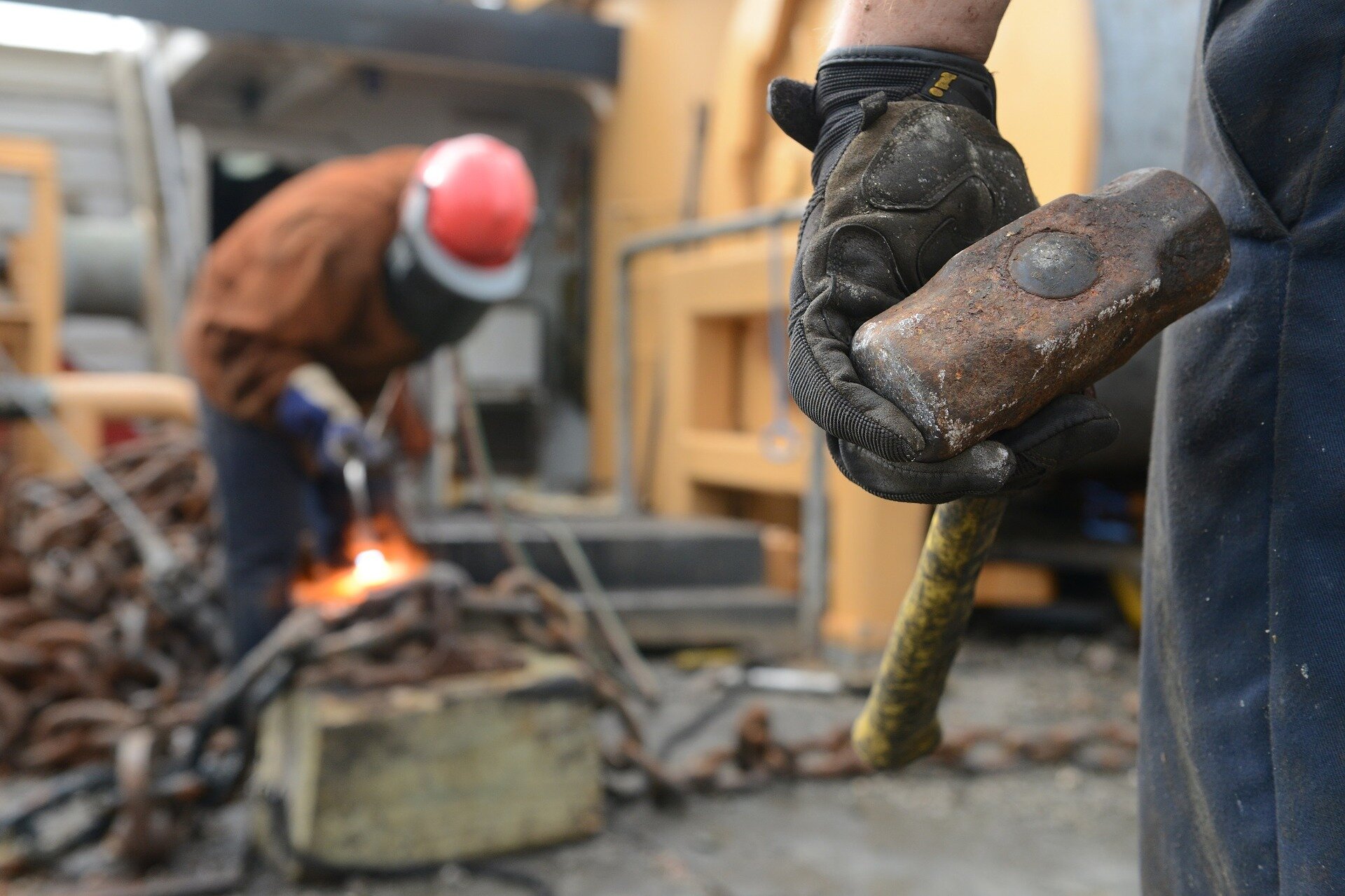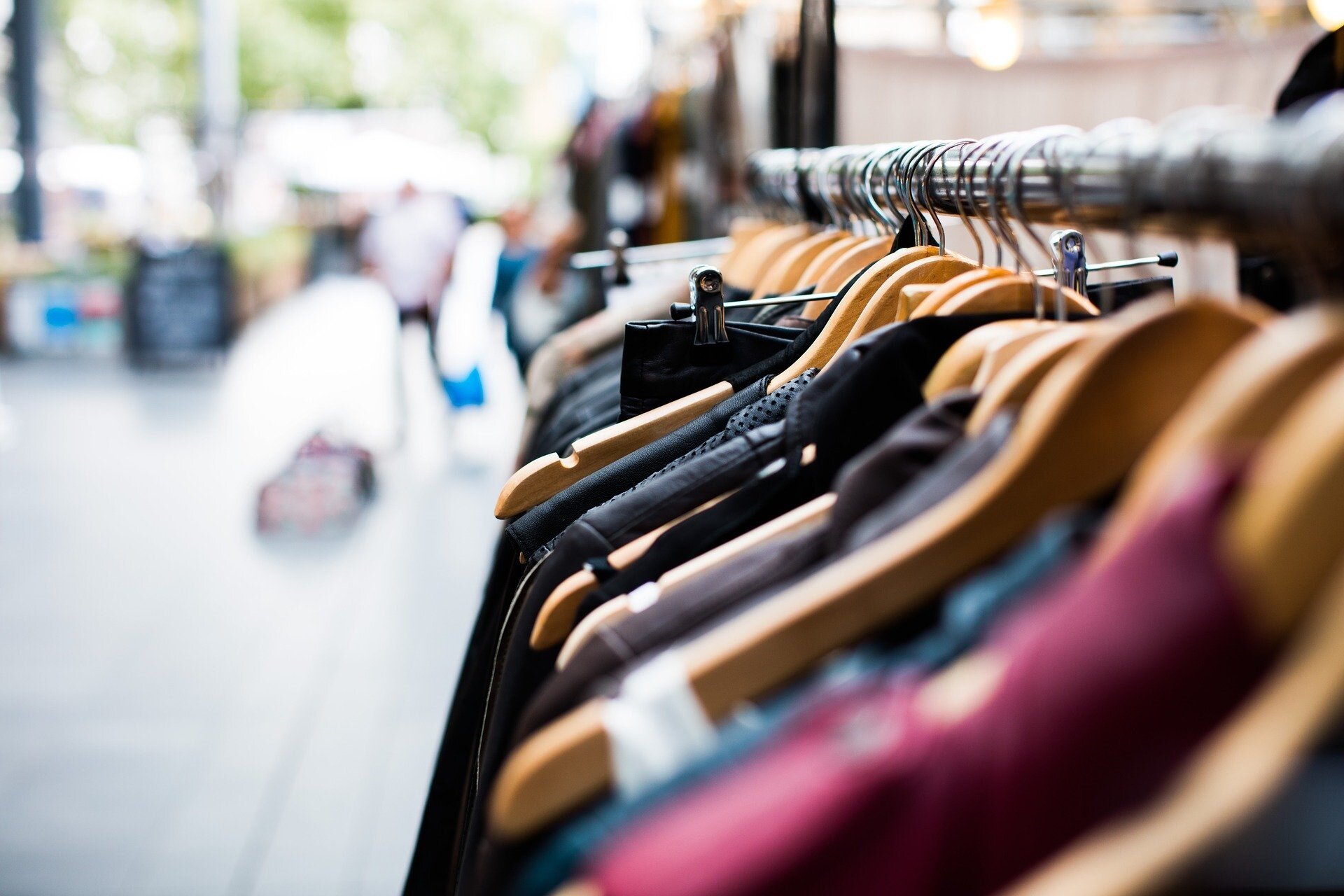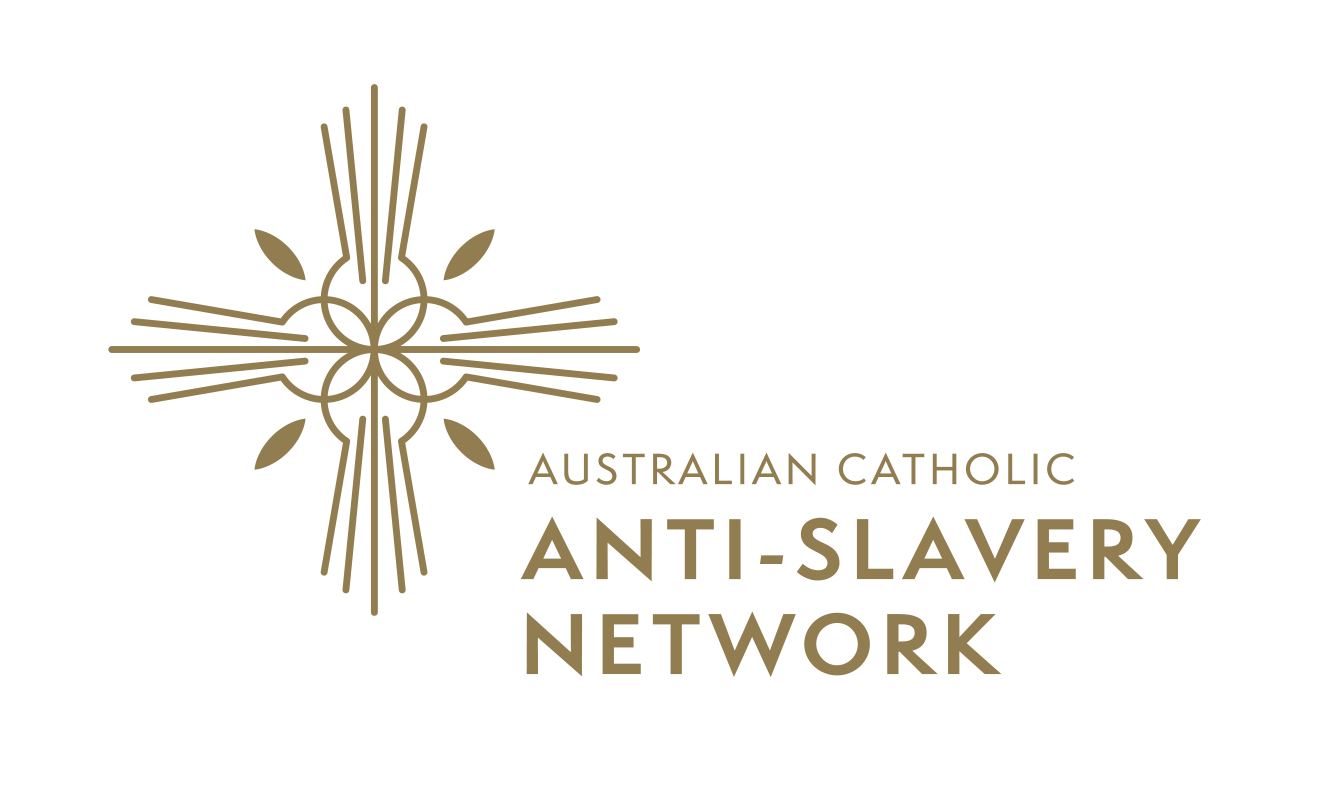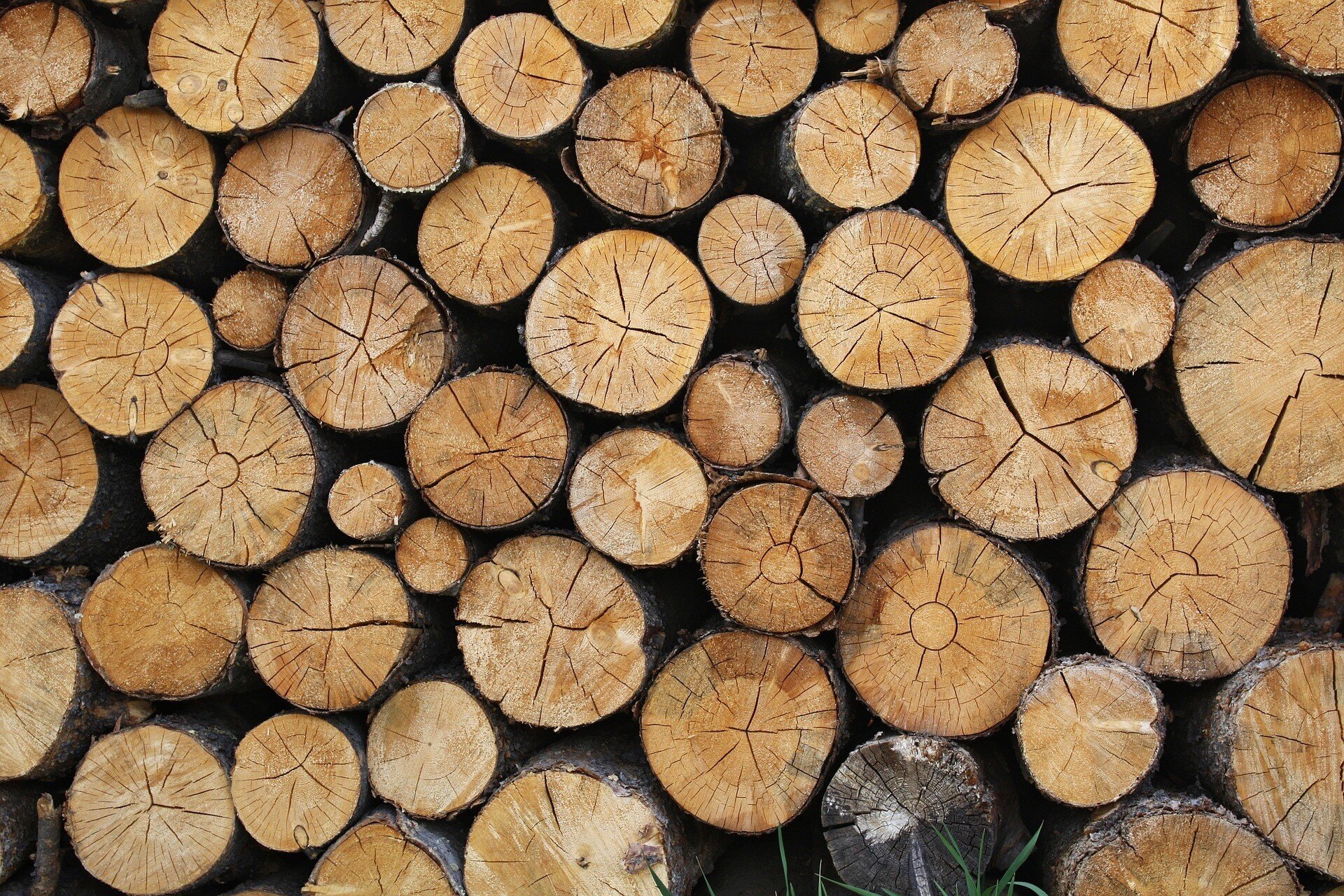
Modern Slavery
What is modern slavery?
According to the Global Slavery Index 2023 there are 50 million people living in situations of modern slavery on any given day, with the highest number in the Asia Pacific region. In Australia, an estimated 41,000 people are enslaved in Australia.
Modern slavery refers to situations of exploitation where a person cannot refuse or leave, because of threats, violence, coercion, abuse of power or deception. Modern slavery is a non-legal umbrella term that includes:
Trafficking in persons
The worst forms of child labour
Forced marriage
Slavery or slavery-like conditions
Debt bondage
Deceptive recruiting for labour or services
Forced labour
Servitude
Although modern slavery is illegal everywhere, millions of people continue are forced to work in factories, fields, fisheries and mines. People are recruited and maintained in modern slavery by poverty, vulnerability, corruption, unethical business practices and systems that create the conditions and opportunities for coercive control and abuse.
Modern slavery is not the same as poor working conditions or low pay, although such conditions often underpin and are indicators of modern slavery.
Today, deceptive means are used by agents, recruiters and employers to hold captive their workforce and exploit their labour. Children and vulnerable workers are targeted, using control tactics such as charging extortionate recruitment fees and deductions, debts, threats of violence, arrest and deportation, withholding of wages and confiscation or destruction of identity documents.

Risk factors
People of any age, gender, social situation or race can find themselves in slavery-like conditions. However, most commonly, slavery affects people who are vulnerable for a number or reasons. Women and children (especially girls), migrants, refugees or people from minority groups are particularly vulnerable. Environmental destruction, conflict and forced migration contribute to vulnerability to modern slavery. In developed nations such as Australia temporary migrants or people holding temporary visas may be more easily exploited, especially if they are in a sponsored relationship.
Poverty, limited work or education opportunities make people more easily targeted by recruiters or potential employers. When the recruits arrive at their destination the situation is very different to what was promised or expected.
People who are unfamiliar with a country’s legal system, don’t know their rights, do not speak the local language and lack community supports are vulnerable to exploitation or slavery. They may also be working without authorisation and can be threatened with deportation or being handed to authorities.

Modern Slavery in Australia
An estimated 41,000 people are living in slavery-like conditions in Australia, according to the latest figures from the Global Slavery Index 2023.
The most vulnerable are people without a visa, those who hold temporary visas, migrants and new arrivals. This includes people on sponsored employment visas that bond them to their employer, workers from the Pacific, international students, asylum seekers and women migrating for marriage.
All are vulnerable to exploitation across different industry sectors and in labour hire, particularly in agriculture, food processing, cleaning and security, waste management, hospitality, domestic work, building and construction.

Legislation and reporting
In January 2019 the Australian Government passed the Modern Slavery Act 2018 based on similar legislation in the UK.
The Act requires entities based or operating in Australia, with annual consolidated revenue of more than $100 million, to report annually on the risks of modern slavery in their operations and supply chains, and actions they have taken to address those risks. Other entities based or operating in Australia may report voluntarily.
Modern Slavery Statements (Reports) submitted by reporting entities can be accessed by the public on the Commonwealth Online Register of Modern Slavery Statements.
All Australian companies and not-for-profits (‘entities’) captured by the Act must prepare an annual Modern Slavery Statement, including the Australian Government. These public documents should reflect the true level of modern slavery risk management within the reporting entity.
The New South Wales (NSW) Modern Slavery Act has established an Office of the Anti-slavery Commissioner in NSW, a strategic plan for NSW and guidance on reducing modern slavery in supply chains for NSW government agencies.

At-risk goods and services
When procuring goods and services, three key factors can indicate an increased risk of modern slavery in supply chains:
Geography
The country or location where a good or service is sourced or made.
Typically higher risk countries have weak worker protections (weak laws and/or enforcement), high levels of corruption, access to cheap labour and/or state-sponsored forced labour.
Sector
The type of industry or commercial enterprise making or providing the good or service.
Sectors associated with the ‘Three D’s’: Dirty, Dull and Dangerous work are at higher risk of modern slavery, but ‘professional’ sectors (eg. software coding, call centres, seafaring) can be at risk too.
Commodity
The good itself and/or the materials it is made from.
Thousands of consumer goods can be linked to modern slavery throughout the life cycle of a product or service. Follow this link for a comprehensive list of goods and services at-risk of child and forced labour or download the Sweat and Toil app from the US.



